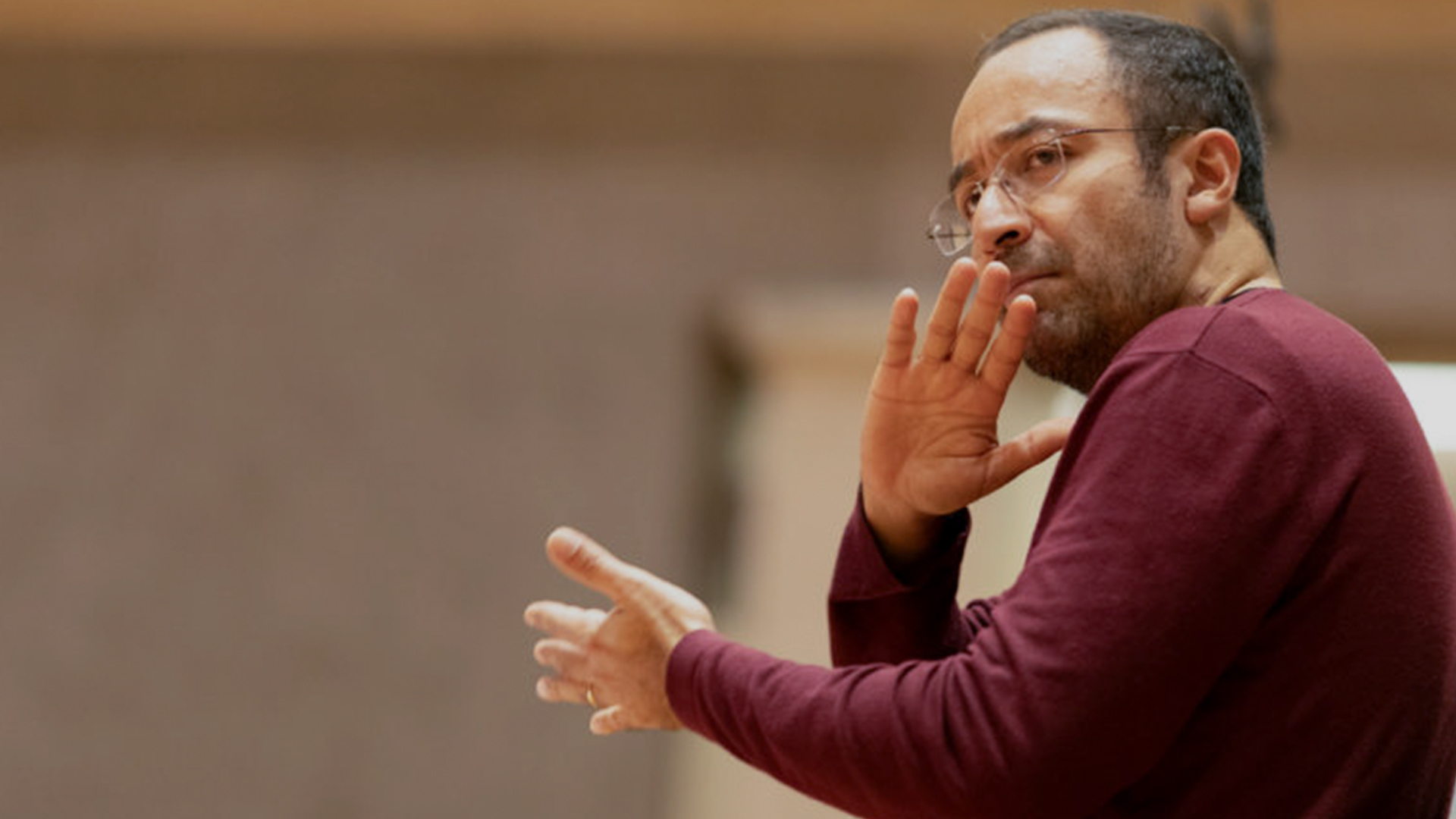FRANZ SCHUBERT
Overture in D major In the Italian style D. 590
FRANZ JOSEPH HAYDN
Scene of Berenice, Hob. XXIVa: 10 “Berenice, che fai?”
LUDWIG VAN BEETHOVEN
Scene and aria for soprano and orchestra op. 65 “Ah, perfido!”
—–
FELIX MENDELSSOHN
Symphony n. 4 in A major Italian op. 90
Soprano
Jane Archibald
Conductor
Riccardo Minasi
Opera Carlo Felice Genoa Orchestra
In stile italiano is a journey across musical pieces inspired by Italy and its musical and cultural tradition.
In 1817, when Schubert wrote the Ouverture In stile italiano, Rossini’s operas were quite popular. Works such as L’inganno felice and Tancredi were widely acclaimed by the audiences who, in Vienna, became curious about the Italian style which Schubert drew on for the composition of two Ouvertures like D. 590 in D major. The Ouverture is characterized by a great intensity of sound, opening with an very lyric Adagio which leads to a bright Allegro after a brief transition. The second section present a theme from Tancredi with an almost literal reference to the aria “Di tanti palpiti”. The closing part too recalls the final closure typical of Rossini’s works, featuring different types of arpeggios and cadences.
The closing part too recalls the final closure typical of Rossini’s works, featuring different types of arpeggios and cadences. Haydn took the tragic text from Metastasio’s Antigono, particularly the part where Berenice is abandoned by Demetrio and faces her fate in solitude. Such a singin “in Italian style” presents Haydn’s symphonic elements, where the orchestra opens a dialogue and actively participates in the dramaturgic dimension expressed by the vocal line.
The scene and aria for soprano “Ah, perfido!” could be partly inspired by the scene of Berenice. Beethoven composed it for the Countess Josephine Clary, an aristocratic and amateur singer. Therefore, the context was expected to be a restricted and frivolous one. Nevertheless, in 1796 the composer modified and expanded the same scene and aria for Josepha Dusek, a renowned singer especially in the chamber music world. “Ah, perfido!” is a proper Italian concert aria, with an almost neoclassical writing style where one can detect different traits of that musical dramatic style that will be widely developed in Fidelio.
Around the year 1830, around an Italian visit, it originated Mendelssohn’s Italian Symphony n.4 Premiered with the conduction of the London Philharmonic Society by the same composer, the symphony was widely acclaimed and represents a unique synthesis between Classicism and Romanticism. Its character is lively, bright and singable as showed by the initial Allegro. The same Andante, the “less Italian” movement, does not lean towards melancholy and develops into a a lyric-dreamy character instead. Similarly to the Classical minuet, the third movement recalls a pastoral atmosphere with the horns and bassoons as protagonists. The lively final Saltarello is the most direct reference to the Italian musical culture, in particular to the Roman one.
Ludovica Gelpi

